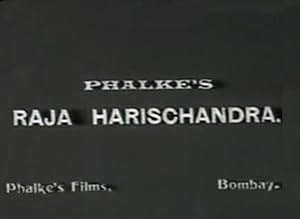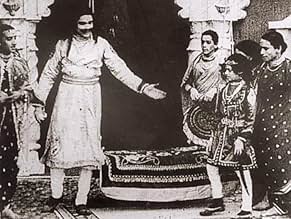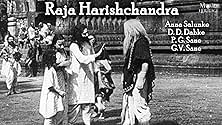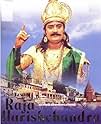Raja Harishchandra
- 1913
- 40min
Aggiungi una trama nella tua linguaThe film opens with a Ravi Varma like tableau showing King Harishchandra, his wife Taramati and his young son. The king is teaching his son archery. They go on a hunt. The king enters an are... Leggi tuttoThe film opens with a Ravi Varma like tableau showing King Harishchandra, his wife Taramati and his young son. The king is teaching his son archery. They go on a hunt. The king enters an area controlled by the Sage Vishwamitra. Three furies appear before the king caught in flames... Leggi tuttoThe film opens with a Ravi Varma like tableau showing King Harishchandra, his wife Taramati and his young son. The king is teaching his son archery. They go on a hunt. The king enters an area controlled by the Sage Vishwamitra. Three furies appear before the king caught in flames. The king tries to rescue them. These fairies try to seduce the king into renouncing his ... Leggi tutto



















